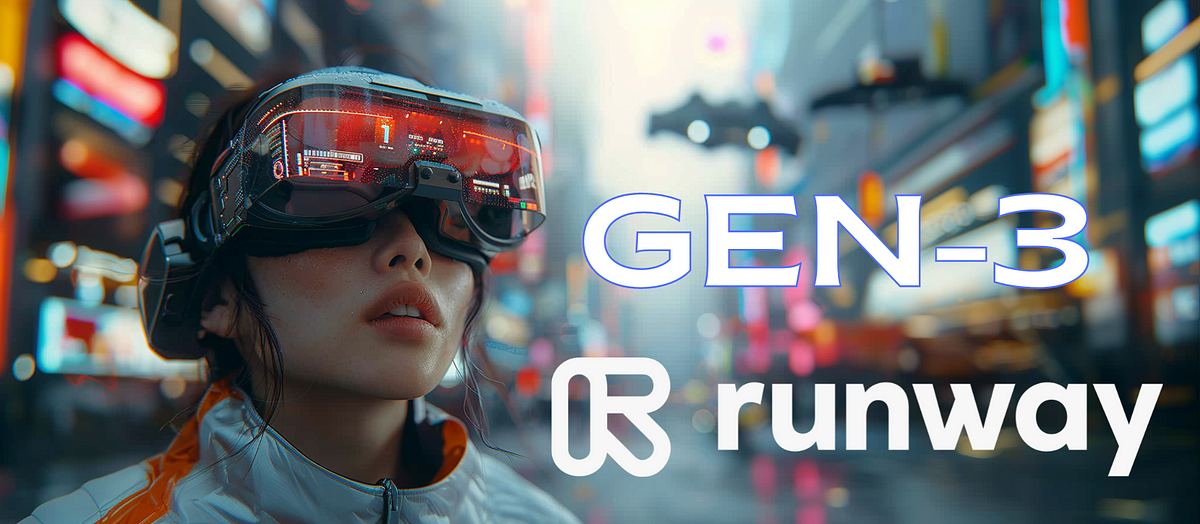Filmmaking has always been a time-consuming, expensive business. Until now. Find out how our start-up is rewriting the rules of the film industry with generative AI (GenAI). This start-up focuses on automating different facets of a film’s production process. The goal is to streamline film production, reduce costs and allow new creative opportunities into the production process. These goals will be realised through five core activities: idea generation, scriptwriting, character design, video creation and voice generation. These core activities and the market approach will be further explained in this blog.
Having laid the foundation for how GenAI can transform the film industry, we now dive deeper into the ways our start-up is using this technology to innovate every aspect of the production process. The first application, ‘idea generation,’ speeds up idea generation using GenAI. This includes ‘scriptwriting,’ where models develop a script based on the generated idea. Then, based on the script, a text-to-image model develops characters, which designers further refine. In video creation, GenAI generates complex visual scenes, which speeds up production. Voice generation creates realistic voices based on text, which simplifies the voice-over process and saves time. Thus, many manual steps are automated and overall production time is reduced.
Our start-up targets a wide range of customers, ranging from large film studios to independent filmmakers. To best serve these different groups, we have developed a multi-channel strategy. Licences will be sold to large studios, letting them use the product freely. To smaller independent filmmakers, Saas subscriptions will be sold. This will ensure that we can attract the top and bottom end of the market, allowing this technology to gain wider adoption within the film industry.
To analyse our differentiation in the film industry, we used the VRIO model. This analysis shows that our start-up has a unique competitive advantage thanks to the early integration of GenAI. Indeed, Generative AI has not yet been widely adopted in film production. Therefore, our advantage lies in the first mover position we aim to achieve, also partly due to offering two types of our product. In addition, the VRIO model also reflects that there are indeed challenges. Namely, there are high costs associated with developing generative AI. Also, the film industry is a market dominated by established players with high budgets which can make it difficult to get a foothold.
In conclusion, this start-up could as of now transform the film industry using GenAI by deploying a more efficient production process. Various aspects of the production process can be developed with lower costs through automation and creative capabilities are expanded. The focus on major film studios and independent filmmakers ensures broad market access. Although there are challenges, our first mover strategy gives us a competitive advantage to transform this industry.



